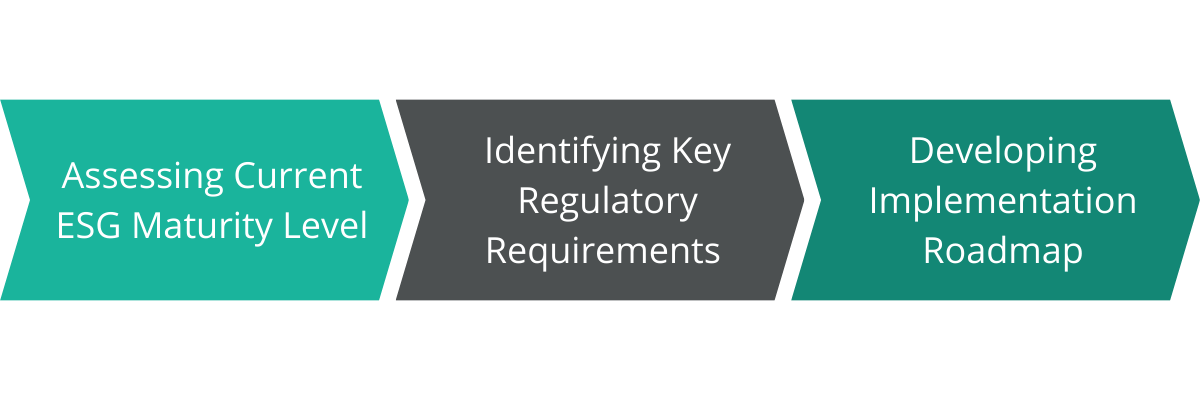ESG
ESG
Banks are under growing pressure to address environmental, social, and governance (ESG) risks amid increasing regulatory demands and stakeholder expectations. With 85% of global banks reporting ESG metrics, compliance is now essential for operational resilience and market trust. FORFIRM’s comprehensive guide outlines strategies for navigating ESG risk compliance effectively.

FORFIRM emphasizes climate risk management by addressing physical, transition, and systemic risks.
Greenwashing prevention strategies, portfolio assessments, and carbon compensation initiatives help mitigate reputational and financial risks. Integration of ESG principles into investment frameworks and operational strategies strengthens long-term sustainability.
Staff training, stakeholder communication, and transparent reporting are critical for success.
Advanced monitoring systems and AI-enabled analytics ensure compliance while fostering proactive decision-making. By leveraging FORFIRM’s expertise, banks can:
- implement resilient ESG frameworks
- meet regulatory obligations
- achieve sustainable growth in an increasingly competitive and environmentally conscious market
